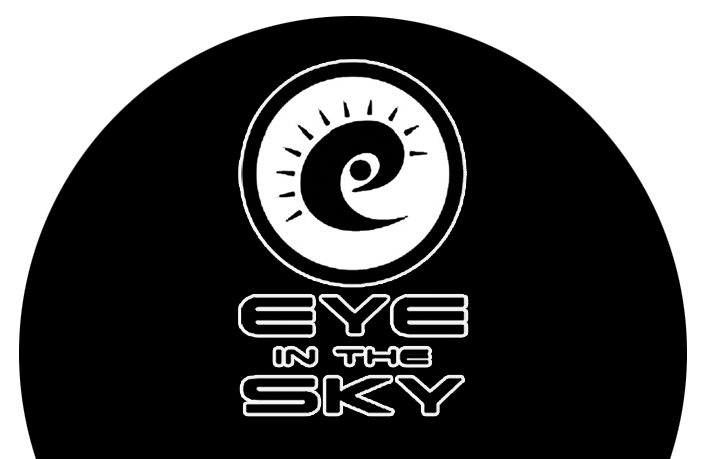NEUTRAL DENSITY FILTER
TECHNIQUES - neutral density filters
A time exposure refers to the duration that your shutter is open in order to record a scene, especially at night. But this can pose a problem during the day as the amount of ambient light in the scene may exceed the exposure duration you need. Meaning, if you want to record a waterfall during the day and have the water looking like smoke due to a long exposure, you may need a 5 second exposure to do this. But you may find that you can’t because it is too bright, and you can only achieve 1/8th of a second, which will not be slow enough. So how do you make the day darker? of course you can’t but you can darken what the camera sees. By attaching a neutral density filter (ND) on to the front of your lens, you can cut down the light considerably. It is neutral because it does not change the colour in any way and passes all colours evenly. ND filters come in a number of different densities.
1 - 3. These were all 5 second exposures during an overcast day, at f.22. I had two ND filters to allow for this. My ISO was at 50.
4. ND filter gives a darker field.
5.. This represents a typical dilemma for me in my aviation work where I need to show a moving propeller or blade, whilst also
showing a bit of movement below. In this case a moving waterfall. The problem is if I have too slow a shutter speed, then the
aircraft itself will be blurred! So the only way around this for this particular frame was for both helicopters, mine and the subject
to fly at exactly the same speed. It was hit and miss but it worked. So the waterfall had to be twice as far away as the helicopter,
otherwise the entire background would show movement, not just the water. An ND filter was needed here.
All photography and information © Jon Davison 2021
BACK TO MAIN MENU






